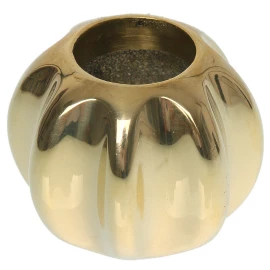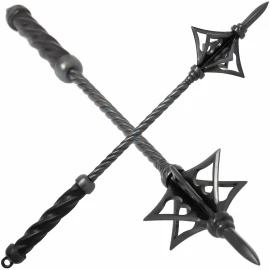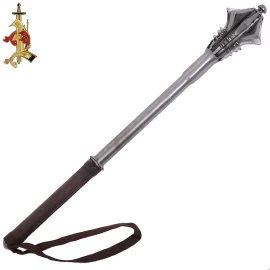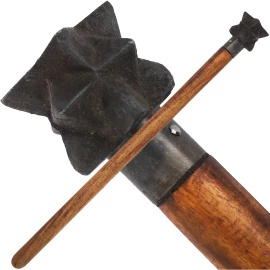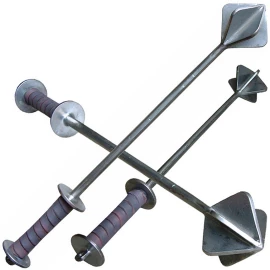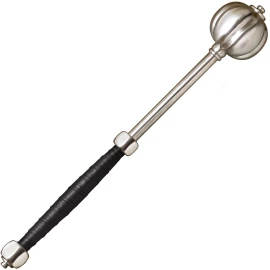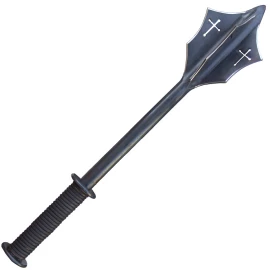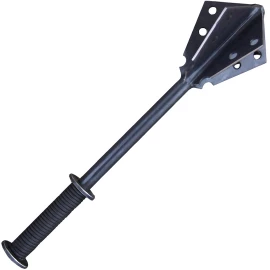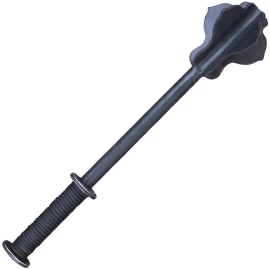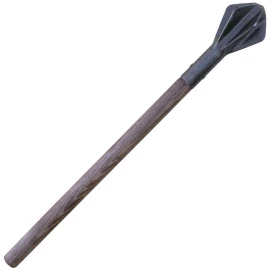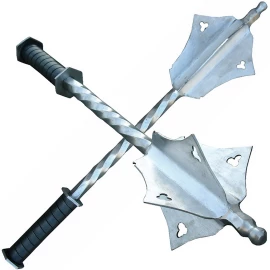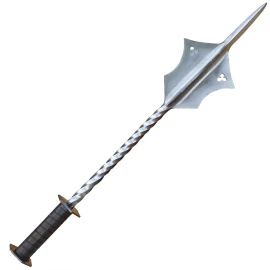Maces
Filter products
Maces
Maces, being simple to make, cheap, and straightforward in application, were quite common weapons. Most examples found in museums are often highly decorated. It is popularly believed that maces were employed by the clergy in warfare to avoid shedding blood. The evidence for this is sparse and appears to derive almost entirely from the depiction of Bishop Odo of Bayeux wielding a club-like mace at the Battle of Hastings in the Bayeux Tapestry, the idea being either that he did so to avoid shedding blood or bearing the arms of war. The fact that his brother Duke William carries a similar item suggests that, in this context, the mace may have been simply a symbol of authority. Certainly, other Bishops were depicted bearing the arms of a knight without comment, such as Archbishop Turpin who bears both a spear and a sword named "Almace" in The Song of Roland or Bishop Adhemar of Le Puy, who also appears to have fought as a knight during the First Crusade, an expedition that Odo joined and died during.

